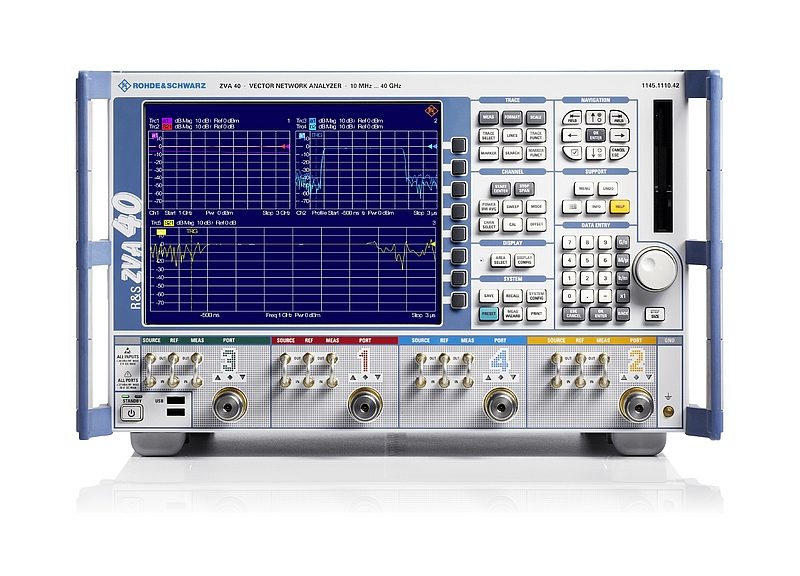- Cubtek is using network analyzers from Rohde & Schwarz in the development of 4D imaging radar for RF measurement of the E-band.
- When developing the 4D imaging radar, Cubtek chose the R&S ZVA40 network analyzer and the R&S ZVA-Z90 millimeterwave converter from Rohde & Schwarz to make RF measurements of the E-band.
According to Rohde & Schwarz, future self-driving vehicles will face complex road scenarios and 4D imaging radar sensor modules in the 77 GHz band will be indispensable. Compared with LiDAR, 4D imaging radar is less susceptible to inclement weather conditions and is more in line with safety requirements for self-driving vehicles.
4D imaging radar covers distance, speed, horizontal angle and vertical angle. Most current conventional radar systems either lack vertical angle detection or have very limited sensor capabilities for vertical angles. Relative to conventional systems, 4D imaging radar has achieved a breakthrough in horizontal and vertical angular resolution, with angular resolution of nearly 1 degree and 0.1 degree of angular accuracy.
4D imaging radar has far more antenna channels than conventional systems, which significantly enhances performance. Conventional radar systems usually have a 3-transmitter/4-receiver antenna architecture but 4D imaging radars can have a transceiver volume that is several times greater. As 4D imaging radar systems require more 77GHz millimeterwave antennas and transceiver chip integrations, their millimeterwave antenna, IC adapter design, and millimeterwave test validation will play an extremely critical role.
77GHz automotive millimeterwave radar manufacturer Cubtek partnered with NXP Semiconductors, automotive radar chip manufacturer, to launch a 4D imaging radar platform at the CES last January. The NXP imaging radar chipset solution uses the S32R45 radar MPU and the second generation RFCMOS radar transceiver TEF82XX for 12 transmitting and 16 receiving 77GHz antenna channels that can be expanded to 192 virtual antenna arrays using MIMO technology. 4D imaging radar performance is improved by optimizing the high-resolution algorithms with angular resolution of less than 1 degree.






